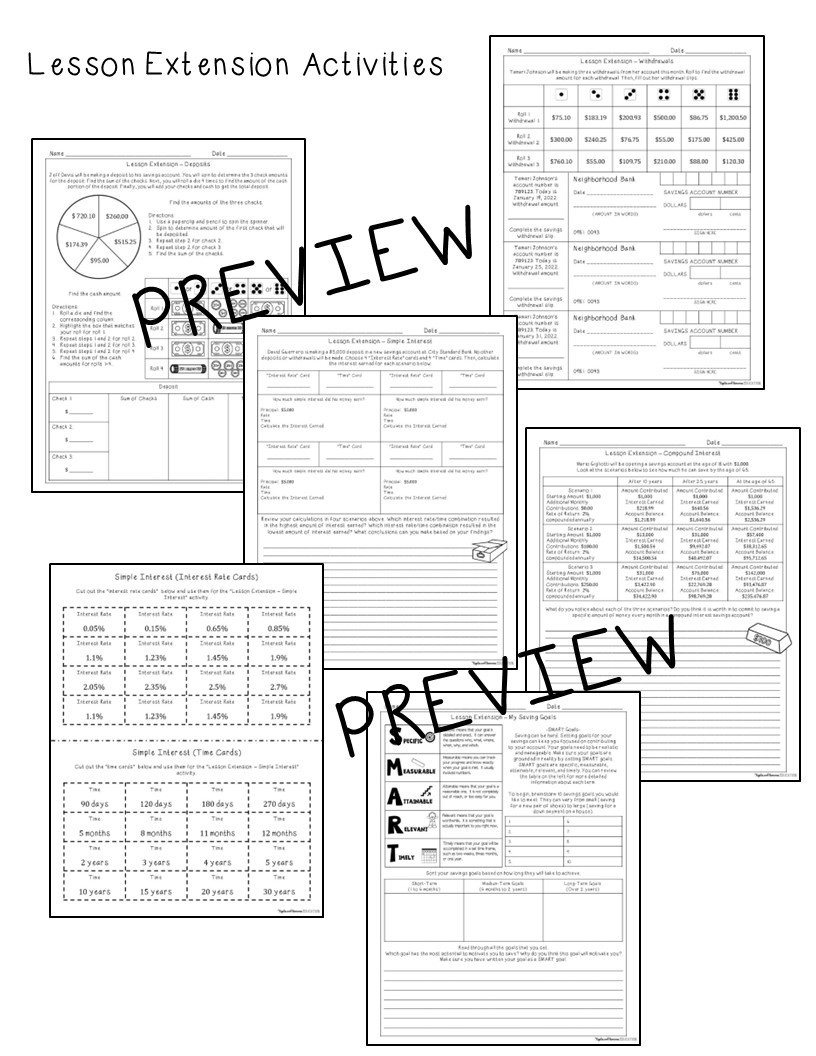Smart Shopping On A Budget

Table of Contents
Planning Your Purchases – The Foundation of Smart Shopping
Smart shopping starts long before you even step foot in a store (physical or online). Meticulous planning is the key to maximizing your budget and minimizing unnecessary spending.
Creating a Realistic Budget:
Understanding where your money goes is the first step towards effective budget shopping. Tracking your expenses reveals spending patterns and highlights areas for potential savings. There are many budgeting methods to choose from; find one that suits your lifestyle.
-
Budgeting Apps and Methods: Consider using apps like Mint, YNAB (You Need A Budget), or Personal Capital to track income and expenses. Popular budgeting methods include the 50/30/20 rule (50% needs, 30% wants, 20% savings/debt repayment) and zero-based budgeting (allocating every dollar to a specific category).
-
Budget Categories: Categorize your spending to gain clarity. Common categories include:
- Groceries
- Housing (rent/mortgage)
- Transportation
- Utilities
- Entertainment
- Clothing
- Healthcare
- Debt payments
- Savings
-
Regular Budget Reviews: Regularly review and adjust your budget as needed. Life changes, unexpected expenses, and shifting priorities necessitate these adjustments to maintain a realistic and effective budget.
Prioritizing Needs vs. Wants:
Differentiating between needs and wants is crucial for smart shopping. Needs are essential for survival and well-being, while wants are desirable but not necessary. Before making a purchase, ask yourself: Is this a need or a want?
-
Needs vs. Wants Examples:
- Needs: Groceries, rent/mortgage, transportation to work, healthcare, utilities.
- Wants: New clothes, eating out, entertainment subscriptions, video games, luxury items.
-
Delayed Gratification: Delaying or forgoing non-essential purchases allows you to save money for more important needs or long-term goals.
Making Shopping Lists:
Shopping lists are your best friend when it comes to affordable shopping. A detailed list helps you stick to your budget and prevents impulse buys.
-
Categorizing Items: Organize your list by store aisle or by meal if it's a grocery list. This streamlines your shopping experience and helps you avoid wandering aimlessly, tempted by impulse purchases.
-
Tips for Sticking to Your List:
- Shop on a full stomach to minimize hunger-driven impulse buys.
- Leave your credit cards at home if possible and only bring cash.
- Avoid shopping when you're stressed or bored.
Mastering the Art of Smart Shopping Techniques
Now that you’ve planned your purchases, let’s dive into specific techniques to maximize your savings.
Utilizing Coupons and Discount Codes:
Coupons and discount codes are powerful tools for saving money. Many websites and apps offer a wide range of deals.
-
Coupon Websites and Apps: Explore websites like RetailMeNot, Coupons.com, and Groupon, and browser extensions like Honey.
-
Maximizing Coupon Savings:
- Stacking: Combine manufacturer's coupons with store coupons for maximum savings.
- Timing: Look for sales and promotions to combine with coupons for even better deals.
Comparing Prices and Finding the Best Deals:
Don't settle for the first price you see. Compare prices across different retailers before making a purchase.
-
Price Comparison Tools: Use Google Shopping, price comparison engines (like PriceGrabber or Bizrate), and retailer websites to find the lowest price.
-
Check Product Reviews: Always check product reviews before making a purchase to ensure quality and avoid buying defective or substandard products.
Taking Advantage of Sales and Promotions:
Seasonal sales, clearance sales, and loyalty program benefits offer fantastic opportunities to save.
-
Sales and Promotions to Look For:
- Seasonal sales (back-to-school, holiday sales)
- Clearance sales
- Flash sales
- Loyalty program discounts
- Early bird discounts
-
Email Alerts: Sign up for email alerts from your favorite retailers to be notified of upcoming sales and promotions.
Buying Secondhand or Used Items:
Consider buying secondhand or used items to save money and reduce waste. This is a fantastic way to practice budget-friendly shopping.
-
Online Marketplaces: Explore online marketplaces like eBay, Craigslist, Facebook Marketplace, and OfferUp to find gently used items at a fraction of the original price.
-
Tips for Inspecting Used Items: Thoroughly inspect items before purchasing to ensure they are in good condition and functioning properly. Negotiate prices if possible.
Building Long-Term Smart Shopping Habits
Sustainable smart shopping requires building consistent habits.
Avoiding Impulse Purchases:
Impulse buys often derail budgets. Strategies to avoid them include waiting 24 hours before making a purchase or practicing mindful spending.
-
Resisting Temptation at the Checkout: Avoid browsing non-essential items at the checkout line. Pre-plan your purchases to minimize unplanned spending.
-
Mindful Spending: Before a purchase, ask yourself: Do I really need this? Can I afford this? Will this add value to my life?
Tracking Your Spending and Progress:
Regularly tracking your spending and reviewing your budget is vital to maintaining financial health.
-
Budgeting Tools: Use budgeting apps or spreadsheets to monitor your spending and track your progress towards your financial goals.
-
Staying Motivated: Celebrate your successes and learn from setbacks. Positive reinforcement helps maintain motivation and consistency.
Developing a Mindful Shopping Approach:
Conscious consumerism and ethical shopping are important considerations for long-term financial well-being and environmental responsibility.
- Questions to Ask Before a Purchase:
- What is the value of this item?
- How long will this item last?
- Are there more sustainable or ethical alternatives?
- Is this purchase aligned with my values and financial goals?
Smart shopping on a budget isn’t about deprivation; it’s about making informed decisions that align with your financial goals. By implementing the strategies outlined above – from meticulous planning and utilizing discount opportunities to cultivating mindful spending habits – you can successfully navigate the world of shopping while staying within your budget. Start practicing smart shopping today and unlock your financial freedom! Mastering budget-friendly shopping is a journey, not a destination; continue learning and adapting your strategies for optimal results. Remember, smart shopping on a budget is an investment in your future financial well-being.

Featured Posts
-
 Timnas U 20 Indonesia Kemenangan Perdana Atas Yaman
May 06, 2025
Timnas U 20 Indonesia Kemenangan Perdana Atas Yaman
May 06, 2025 -
 The Best Affordable Products On The Market
May 06, 2025
The Best Affordable Products On The Market
May 06, 2025 -
 Espn Gregg Popovichs Season With The Spurs In Jeopardy
May 06, 2025
Espn Gregg Popovichs Season With The Spurs In Jeopardy
May 06, 2025 -
 Trump Tariff Impact Winners And Losers In The Us Manufacturing Sector
May 06, 2025
Trump Tariff Impact Winners And Losers In The Us Manufacturing Sector
May 06, 2025 -
 Joseph Baena Toebb Mint Csak Arnold Schwarzenegger Fia
May 06, 2025
Joseph Baena Toebb Mint Csak Arnold Schwarzenegger Fia
May 06, 2025
